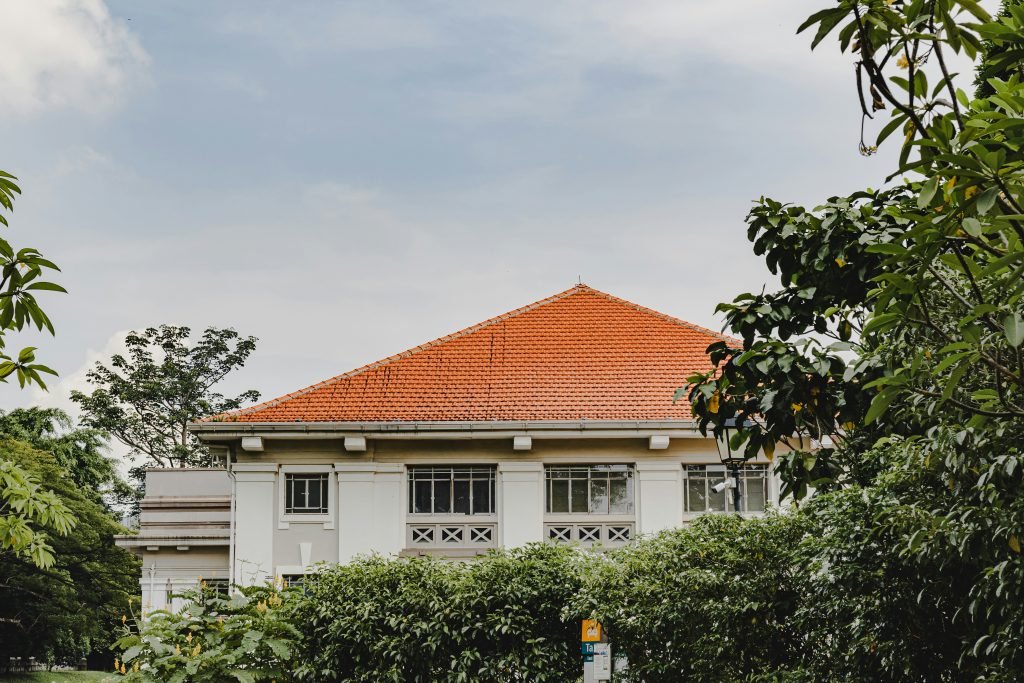Have you ever found yourself disturbed by unwanted noise in your living space? Whether it’s the chatter from the neighbors, sounds from the street, or that persistent ticking clock, noise can be frustrating. Soundproofing a room can create a peaceful oasis within your home, allowing you to focus, relax, and sleep better. Let’s explore the best ways to make your room a quieter and more comfortable sanctuary.

This image is property of images.pexels.com.
Understanding Soundproofing
Before you jump into the various methods of soundproofing, it’s important to understand what soundproofing means. Soundproofing is a set of techniques used to reduce or eliminate sound transmission between spaces. This is especially useful in rooms where you want to minimize external distractions or restrict sound from escaping.
How Sound Travels
To effectively soundproof your room, it’s vital to understand how sound behaves. Sound travels in waves and can penetrate through various materials. Different frequencies (high vs. low) react differently with surfaces, which means some techniques will be more effective depending on the type of noise you are dealing with.
Types of Noise
You can categorize noise into three types:
- Airborne Noise: This includes sounds that travel through the air, like talking, music, or street noise.
- Impact Noise: This noise comes from physical impact, such as footsteps on a hard floor or objects being dropped.
- Structural Noise: This occurs when sound travels through walls, floors, and ceilings, often due to vibrations.
Understanding these types will help you choose the best soundproofing solutions tailored to your needs.
Best Practices for Soundproofing
Let’s break down some of the most effective ways to soundproof your room.
1. Utilize Soundproofing Materials
One of the first steps in soundproofing a room is to use specialized soundproofing materials. Here are a few options to consider:
| Material | Effects | Details |
|---|---|---|
| Acoustic Panels | Absorb sound waves | Typically made from foam or fabric |
| Soundproof Drywall | Block sound transmission | Denser than regular drywall |
| Mass Loaded Vinyl (MLV) | Act as a barrier to sound | Thick vinyl material that adds mass |
| Insulation (Fiberglass) | Reduces airborne noise | Best for retrofitting walls |
| Weatherstripping | Seals gaps around windows and doors | Prevents air leaks, hence sound leaks |
Each of these materials has its strengths and can work together to provide a layered soundproofing approach.
2. Seal Gaps and Cracks
Small gaps and cracks can let a surprising amount of sound leak through. Take the time to inspect your room for any imperfections, especially around windows and doors. Caulking gaps with a high-quality sealant can significantly reduce airborne noise. Similarly, using weatherstripping tape around doors and window frames can improve sound insulation.
3. Use Rugs and Carpets
Hard floors can amplify sound, while soft surfaces absorb it. Adding rugs or carpets can make a big difference in reducing impact and airborne noise. If you have hardwood, laminate, or tile flooring, consider placing area rugs strategically, especially in high-traffic areas.
4. Add Heavy Curtains
Another effective way to reduce noise is by using heavy curtains or drapes. Look for curtains labeled as soundproof or at least designed to block light and insulate temperature. They will not only absorb some sound but will also create a cozy atmosphere.
5. Build a Soundproof Door
Standard doors can be a weak point in your soundproofing efforts. Here are a few ways to enhance their soundproofing capabilities:
- Solid Core Doors: Consider replacing hollow doors with solid core doors which are denser and better at blocking sound.
- Door Sweeps: Install door sweeps at the bottom of the door to prevent sound from sneaking through the gap.
- Acoustic Door Seal Kits: These kits provide seals designed specifically for minimizing sound transmission.
6. Insulate Walls
If you’re looking for a more permanent solution, consider insulating the walls of your room. You can use fiberglass or foam insulation material to fill the wall cavities. The added density will not only minimize sound but can also improve energy efficiency.
7. Create an Extra Layer of Drywall
Adding an additional layer of drywall to your walls can act as a great sound barrier. When you apply soundproofing glue between the layers, you create a more effective sound barrier. This option is great if you’re in the midst of renovations or home improvements.
8. Invest in Soundproof Windows
Windows can be a major source of noise infiltration. If noise from outside is a significant problem, consider investing in soundproof windows or double glazing. This type of window is designed to minimize sound transmission, helping to create a quieter space.
9. Use Bookshelves and Furniture
Your furniture can play a significant role in soundproofing as well. Filling your room with bookshelves, heavy furniture, or other sound-absorbing materials will help block and absorb sound. It’s not just practical; it’s also an opportunity to add aesthetic appeal.
10. Consider White Noise Machines
If external noise persists despite all your efforts, a white noise machine could help mask unwanted sounds. These devices produce soft ambient sounds that can help to drown out disturbances, making your environment feel more restful.
11. Add Plants
Plants aren’t just beautiful; they can also help with sound absorption. Certain types of houseplants can absorb sound waves, making them a natural way to help soundproof your room. Consider incorporating larger plants or planters filled with moss or soil, which can provide additional sound-dampening effects.

This image is property of images.pexels.com.
Advanced Soundproofing Techniques
If you’re looking for more advanced methods of soundproofing, there are additional techniques worth considering.
1. Floating Floors
A floating floor is designed to eliminate sound transfer by placing a layer of soft padding underneath the flooring. This method works well for rooms above garages or basements. It allows the floor to “float” and minimizes the impact noise that travels to the lower levels.
2. Soundproofing Glue
Using soundproofing glue when attaching additional drywall can drastically improve its soundproof qualities. This glue not only adheres the drywall firmly but also helps in damping sound waves.
3. Sound Barriers in Ceiling
If you live in a multi-level home or an apartment, sound can easily travel through ceilings. Installing soundproofing materials in the ceiling, like acoustic tiles or specialized ceiling panels, can be beneficial.
4. Acoustic Ceilings
Consider installing an acoustic ceiling if you have an open space with a lot of noise. These tiles reduce noise significantly while providing a great design element to the space.
Factors to Consider
1. Budget
The cost of soundproofing can vary widely depending on the methods and materials chosen. Make sure to assess your budget beforehand, as some options can be more costly than others.
2. Aesthetic Appeal
In a home, the balance between functionality and aesthetics is important. When selecting materials for soundproofing, think about their visual impact on the space.
3. DIY vs. Professional Help
Some soundproofing methods can be tackled yourself, while others may require a professional touch. Decide what you’re comfortable with and where you’d like to seek help.
4. Type of Noise
Consider the type of noise you are trying to block out. Specific solutions work better for certain noise types, so it’s worth determining whether you’re dealing with airborne, impact, or structural noise.
5. Space Characteristics
The size and shape of your room can greatly affect your soundproofing efforts. High ceilings might amplify sound differently than cozy, intimate spaces, so tailor your approach accordingly.

This image is property of images.pexels.com.
Maintenance of Soundproofed Rooms
Just because you’ve successfully soundproofed your room doesn’t mean you can forget about it. Regular maintenance will help ensure the effectiveness of your efforts:
- Inspect for Wear: Regularly check for any signs of wear in seals, panels, or any soundproofing materials.
- Keep It Clean: Dust and debris can accumulate in heavy curtains and fabrics, detracting from their soundproofing abilities.
- Review Furniture Placement: Over time, you may move furniture around; ensure that heavy items remain in places that best block sound.
Conclusion
Creating a soundproof environment can make a world of difference in your quality of life. Whether you’re struggling with distractions while trying to work, or simply want a peaceful bedroom retreat, understanding the various options available can help you achieve your goals. Remember, the journey to soundproofing might take a little time and investment, but the comfort and tranquility that awaits you will be worth every effort.
Take a moment to assess your specific needs and preferences, then choose the techniques that resonate with you most. Soon enough, you’ll find peace within your soundproof sanctuary, free from unwanted disturbances.




